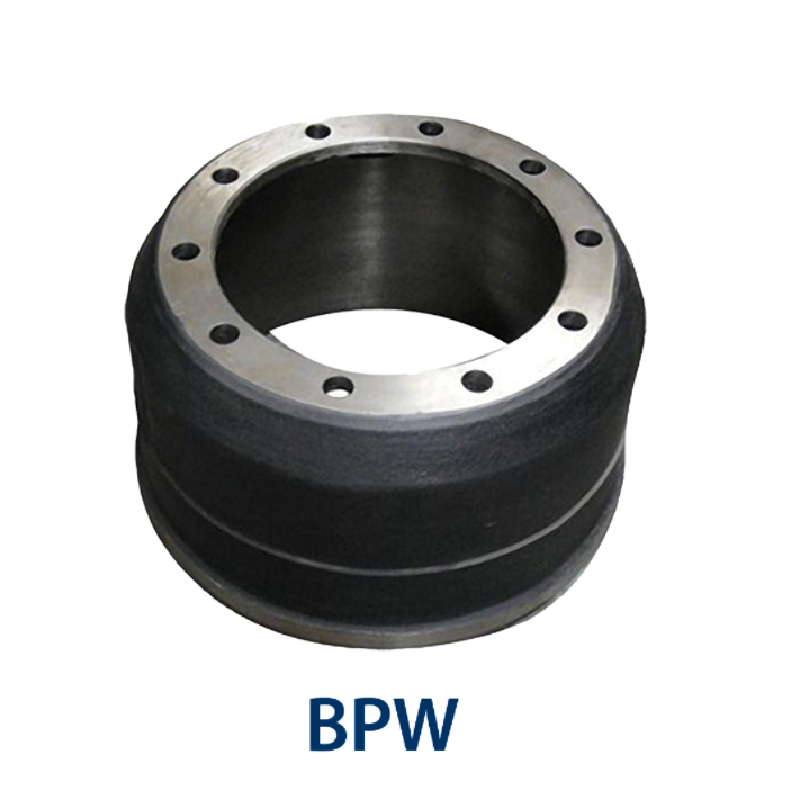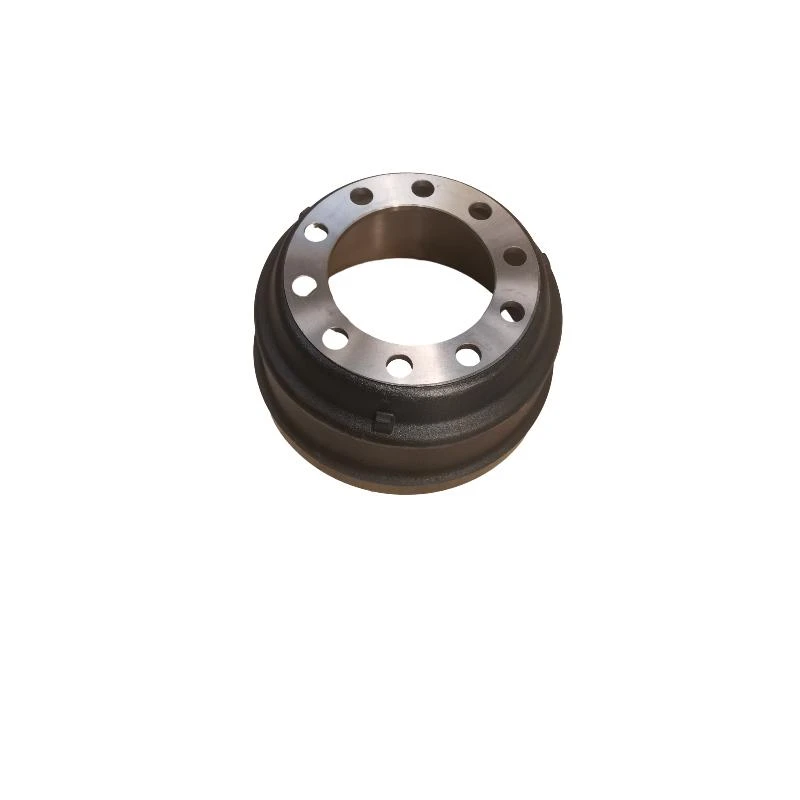Feb . 03, 2025 03:13 Back to list
webb brake drum
Understanding the differences between brake drums and brake pads is crucial for both vehicle enthusiasts and everyday drivers looking to optimize their vehicle's braking system. These components, while both integral to a car’s stopping power, serve different functions within the braking process.
Reliability and maintenance are other areas where these components differ. Brake drums, known for their longevity, often require less frequent maintenance in comparison to brake pads. Yet, when they do require attention, repairs can be more complex and potentially more costly due to drum resurfacing or replacement. On the other hand, brake pads, while needing more frequent replacement due to regular wear, offer relatively simple and cost-effective maintenance options. This makes them a suitable choice for most everyday drivers who prioritize ease of maintenance and consistent, reliable performance. The materials used in constructing brake pads and drums can also influence decision-making. Brake drums are typically made from cast iron, providing strong heat resistance and durability. Brake pads, however, can be made from a variety of materials, including organic, semi-metallic, and ceramic composites. Each type offers different benefits, with ceramic pads being renowned for their noise reduction and longevity, despite their higher cost. Safety is an undeniable factor in this comparison. Disc brakes, utilizing brake pads, have become the standard mainly because they offer better performance in wet conditions. Their open design helps in rapidly shedding water, unlike drum brakes, which can collect water and reduce braking efficiency. This makes brake pads more reliable in adverse weather conditions, aligning with modern safety requirements. In conclusion, each braking system has its own set of advantages tailored to different vehicle types and driving conditions. Those who prioritize traditional durability and heavy-load capacity might lean towards brake drums. Meanwhile, those seeking higher performance, especially in passenger or high-speed vehicles, consistently opt for disc brakes with pads. Understanding the nuances of both systems can help vehicle owners make informed decisions that ensure safety, performance, and cost-efficiency over time.


Reliability and maintenance are other areas where these components differ. Brake drums, known for their longevity, often require less frequent maintenance in comparison to brake pads. Yet, when they do require attention, repairs can be more complex and potentially more costly due to drum resurfacing or replacement. On the other hand, brake pads, while needing more frequent replacement due to regular wear, offer relatively simple and cost-effective maintenance options. This makes them a suitable choice for most everyday drivers who prioritize ease of maintenance and consistent, reliable performance. The materials used in constructing brake pads and drums can also influence decision-making. Brake drums are typically made from cast iron, providing strong heat resistance and durability. Brake pads, however, can be made from a variety of materials, including organic, semi-metallic, and ceramic composites. Each type offers different benefits, with ceramic pads being renowned for their noise reduction and longevity, despite their higher cost. Safety is an undeniable factor in this comparison. Disc brakes, utilizing brake pads, have become the standard mainly because they offer better performance in wet conditions. Their open design helps in rapidly shedding water, unlike drum brakes, which can collect water and reduce braking efficiency. This makes brake pads more reliable in adverse weather conditions, aligning with modern safety requirements. In conclusion, each braking system has its own set of advantages tailored to different vehicle types and driving conditions. Those who prioritize traditional durability and heavy-load capacity might lean towards brake drums. Meanwhile, those seeking higher performance, especially in passenger or high-speed vehicles, consistently opt for disc brakes with pads. Understanding the nuances of both systems can help vehicle owners make informed decisions that ensure safety, performance, and cost-efficiency over time.
Next:
Latest news
-
Scania Brake Drums: OEM Quality for Optimal Safety & Durability
NewsAug.16,2025
-
R.V.I: Advanced Remote Visual Inspection for Precision
NewsAug.15,2025
-
Discover HYUNDA: Innovative Vehicles, Equipment & Solutions
NewsAug.14,2025
-
R.V.I: Unlock Advanced Insights & Real-time Performance
NewsAug.13,2025
-
Kamaz Brake Drum: Durable & Reliable for Heavy Duty Trucks
NewsAug.12,2025
-
Heavy Duty Iveco Brake Drum - Premium Quality & Safety
NewsAug.11,2025
